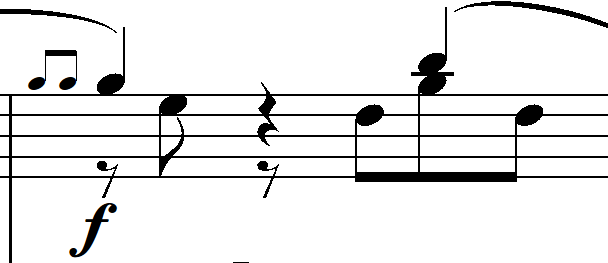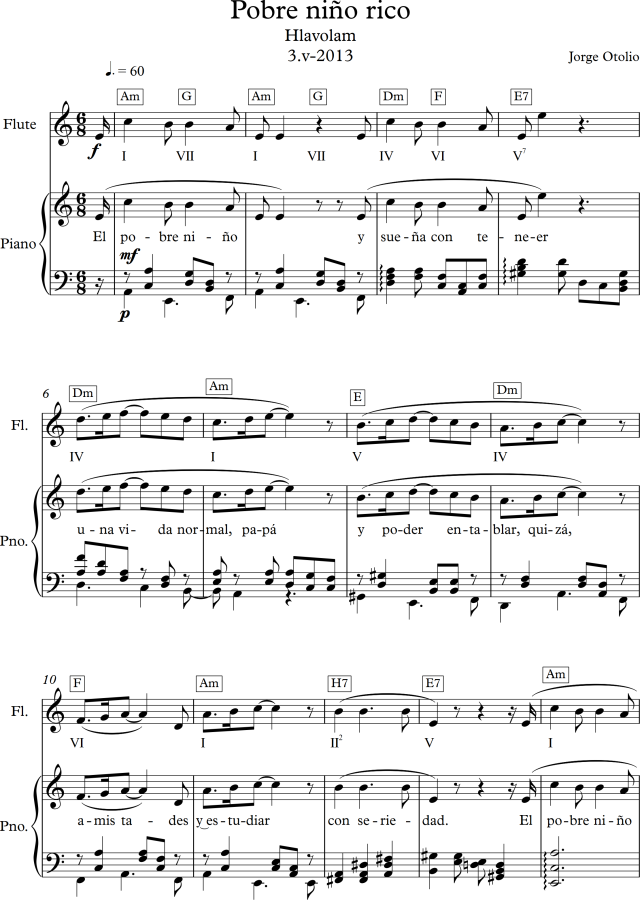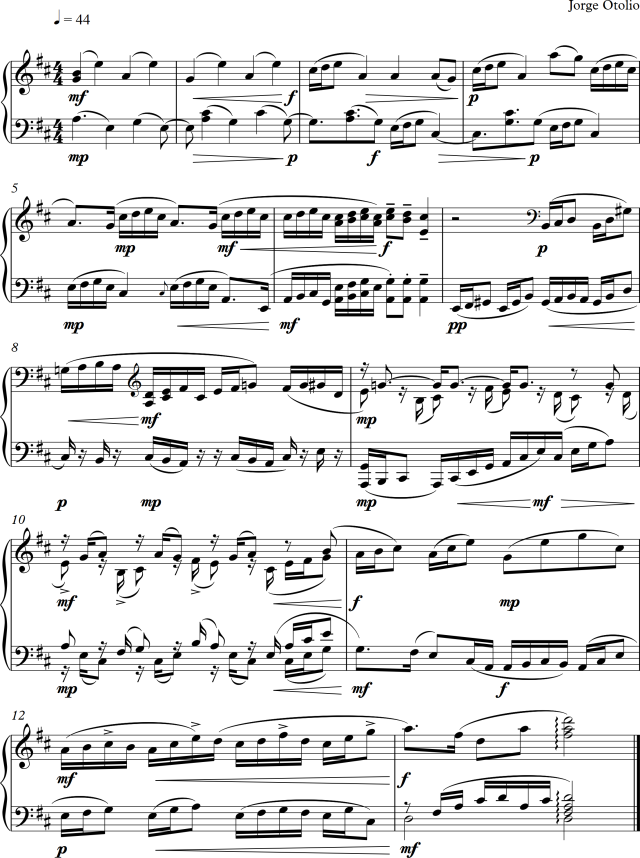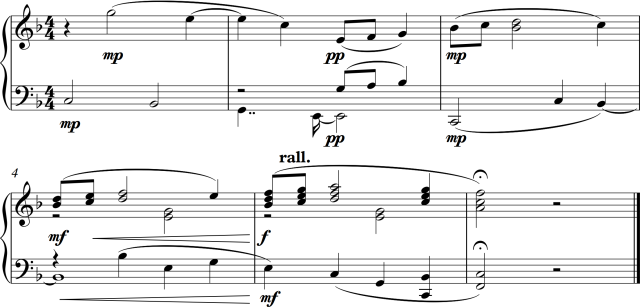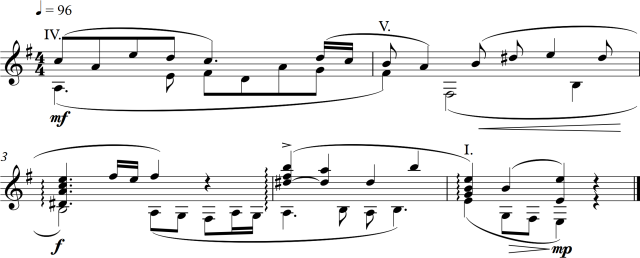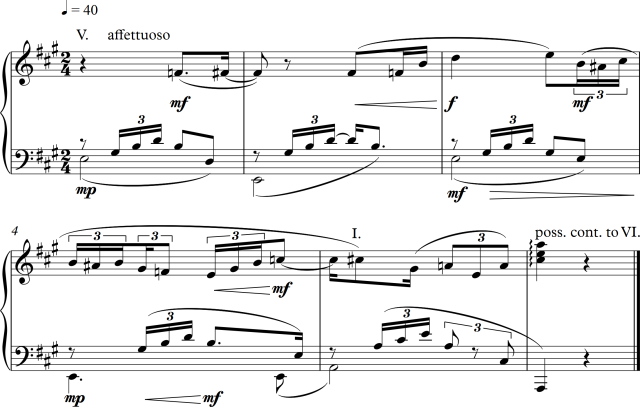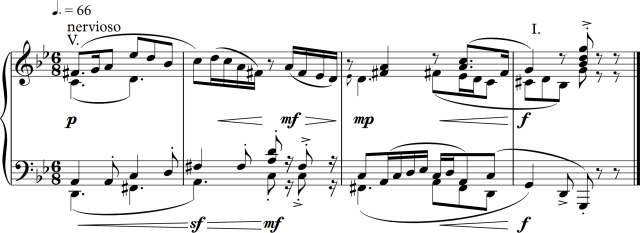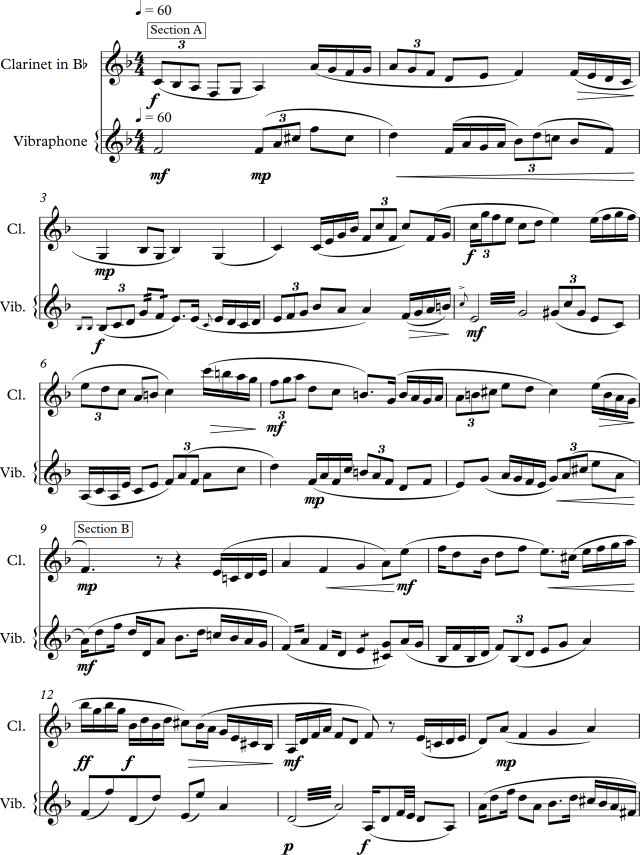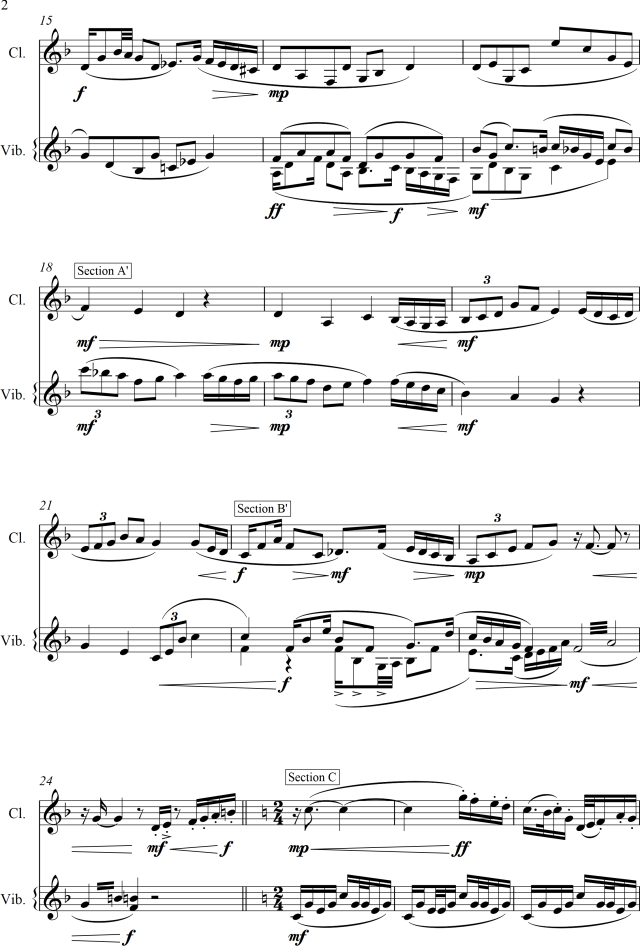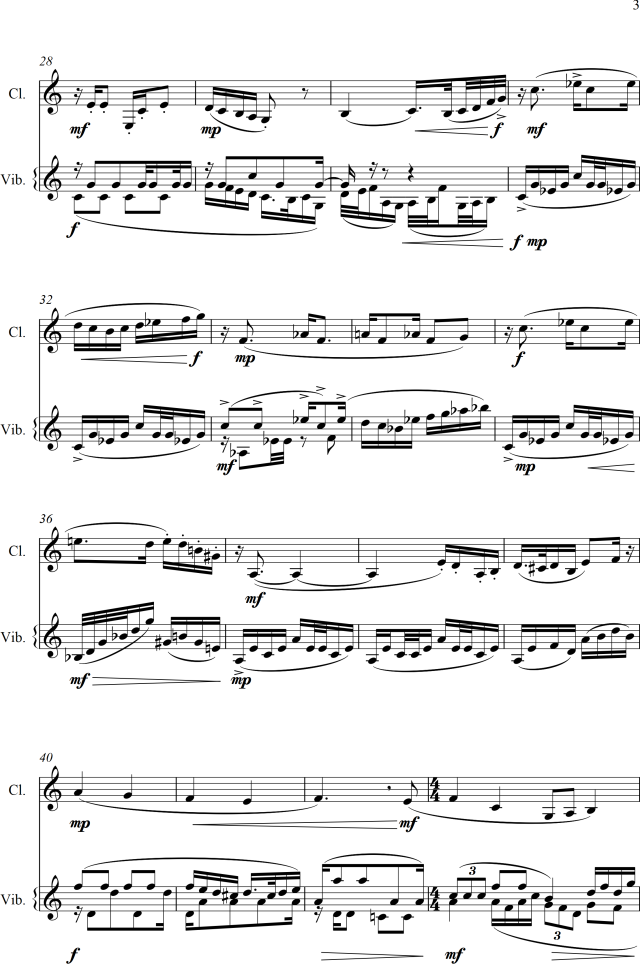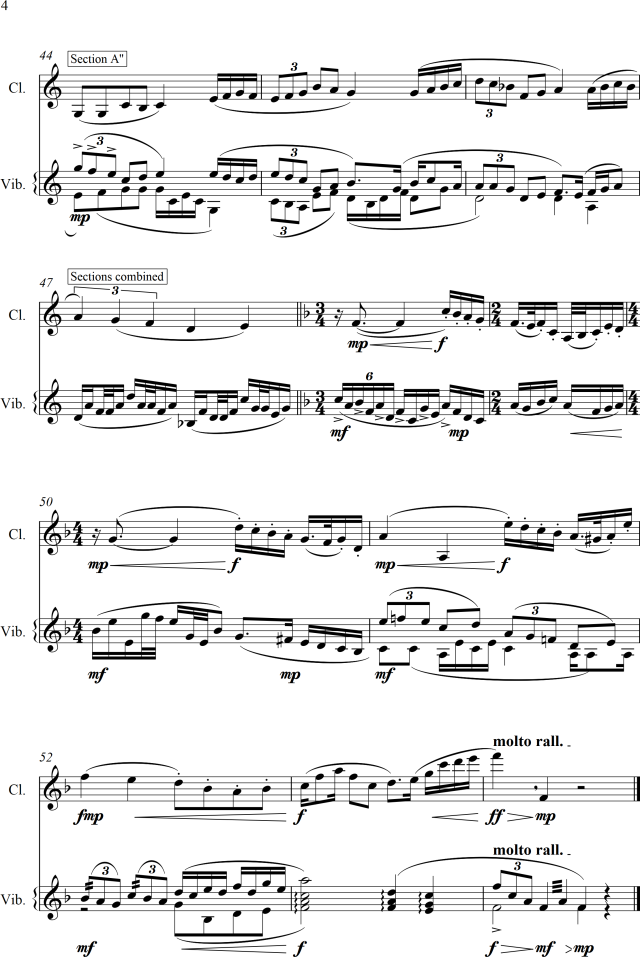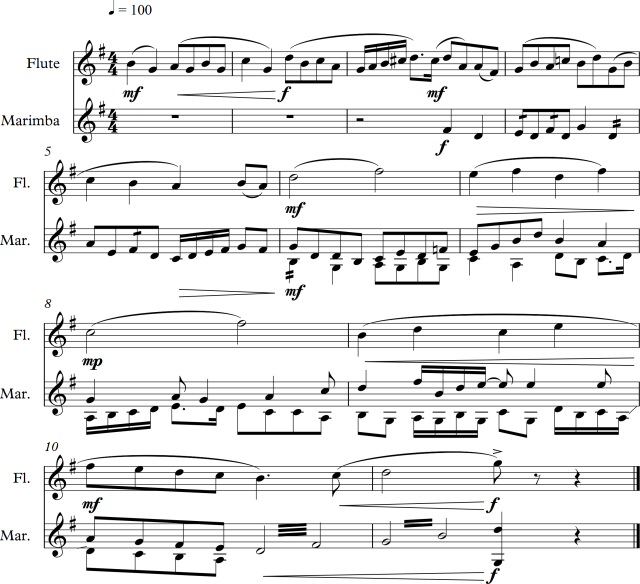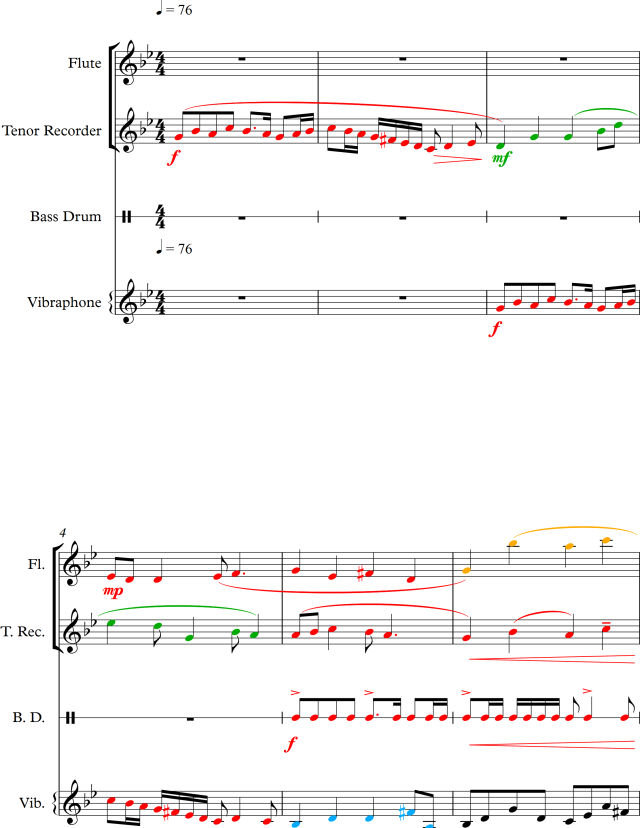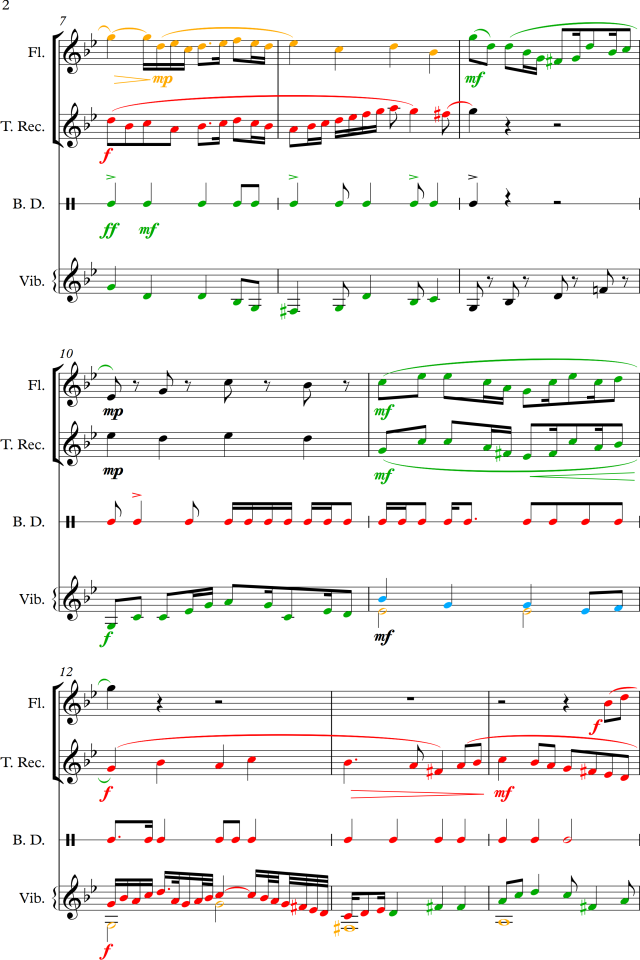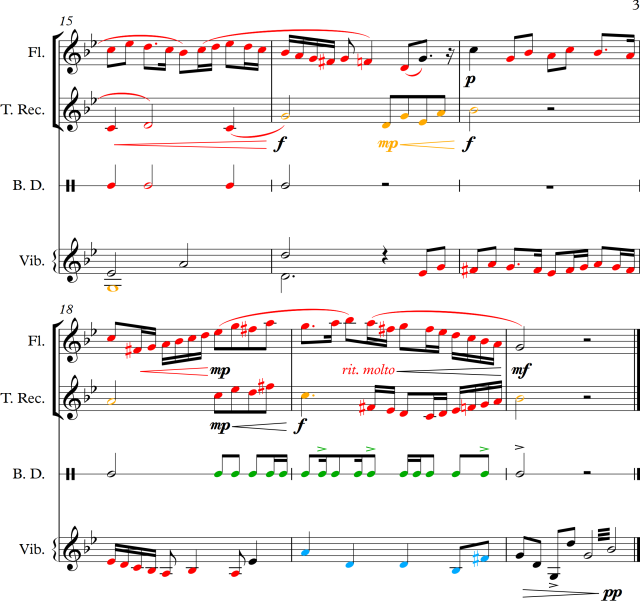Some of the concerts I’m attending at the South Bohemian Chamber Philharmonic.
February 14th 2013
Conductor: Petr Altrichter
Richard Strauss – Serenade for woodwind Eb major, op. 7
I tend to have problems to understand Strauss’ forms. This piece is no exception. It makes me think of independent blocks of music that are put together. I like the oboe solo part. It is very calmed, like night music.
Joseph Haydn – Concert for cello and orchestra C major
Very classical from the first bar! I can track the structure much more easily and enjoy it. But then, at the beginning of the second movement, I felt the need to cough. It was a very intense one and I kept crying for the rest of the piece – yet not for the music, but for the unsatisfied need to cough!
They played an extra piece before the break. It didn’t appear in the program. They tend to do it quite often. It is a very nice present from them – I just must find a way to get to know what is it that they play!
Franz Schubert – Symphony no. 4 C minor “Tragic”
Adagio molto – Allegro vivace: Sounds like mature Classicism. The motif is easy to follow. The syncopated stressed notes are very catchy.
Andante: The motifs, full or shortened, are heard to the very last bar. Great. The best movement to my ears.
Minuet. Allegro vivace: Maybe it’s its flavour of Viennese dance, there’s something on this that doesn’t match, something unsolved to me. When I tried a second listening at home, it definitely is not my taste.
Finale. Allegro: I like the parts with the short-intervention dialogues. Rhythmically the most interesting for me. Very appropriate for a last movement. The pauses in the middle, the changes in mood are sublime, and so is the further development of the motifs.
March 7th 2013
Conductor: Koji Kawamoto – Piano: Eugen Indjic
Generally speaking, the pieces were played too loudly to be enjoyable for me. My ears hurt with the string fortissimos in both the Concerto and the Symphony, which didn’t allow me to focus properly on the music (and I was sitting rather on the last rows!)
P. I. Tchaikovsky – Piano Concerto No. 1, op. 23
Mr. Indjic was fantastic. I couldn’t decide whether I liked most his extremely humble approach or his sublime playing! He looked so relaxed, smiling friendly, playing all those quick passages as if he was just cleaning the keys with all the time in the world.
Allegro non troppo e molto maestoso: I liked the beginning, which took me immediately back to my teens and the first times going out with friends (there was a videogame that had that motif as the soundtrack). The nostalgic reason was another one to be looking forward to this concert. Big contrasts in motifs and rhythm. The role of the piano, out of the solo: sometimes sounds like a dialogue, sometimes like a duet. The movement is long and so varied that I feel the whole concert must be being played at once, without pauses.
Andantino simplice: Motif by the flute, cello, oboe. Afterwards is playful, almost jazzy. After the solo I lost the tonality.
Allegro con fuoco: Another well known one. Is the motif Jewish? (that I thought at the concert, but listening to it at home, I can’t understand why I thought it, sounds very Russian). At a certain point, it sounds like if there was a woman talking loud among the string players. It lasted for quite a few bars! I looked around, but nobody seemed to be perturbed by words, so it must have been a sound effect.
A. Dvořák – Symphony No. 7, op. 70
Allegro maestoso: The beginning shows Dvořák’s ability in writing catchy, varied rhythms. That was the most positive of the Symphony. However, I got quickly lost, partly because of the loudness mentioned above. On top of that, I was expecting something like the New World Symphony, with a few motifs, easy to remember and being repeated in further movements. If they were repeated, I didn’t realize about it.
Poco adagio: The beginning is nice & flat at the same time. Hard to follow.
Scherzo. Vivace. Poco meno mosso. Vivace: Reminds me of Czech dances, and sounds more Dvořák than the previous movements, it’s much more interesting.
Finale. Allegro: The best movement, more interesting, easy to follow. On the other hand, there are too many moments in which one thinks it’s the end – and still isn’t! I prefer clear endings.
Despite the general opinion people have that Dvořák is always easy to follow, he can be quite obscure to me sometimes, and this was one of those cases for most of the piece. This may be called by some “the greatest of Dvořák’s symphonies“, or be for an international taste, or have “aligned the author among the greatest musical thinkers of its time” (according to the program for the concert) but this opus doesn’t have a place in my list of favourites.
Tuesday, March 19th 2013
We were invited by my piano teacher to a concert were several children choirs were performing. When I saw all the parents and the number of works (45), I thought it was going to be something enjoyable just by relatives. I was wrong. It was great. It lasted more than two hours and it seemed just a moment! Most surprising music? Works by Emil Hradecký, whose works have a strong Moravian touch – and he’s not Moravian! Some of the pieces were the following (titles are translated into English):
P. Jeřábek – Natural spring; Fountain; Waterfall: Very watery music indeed. Certain dissonances bring a flavour of forest.
E. Hradecký – Hlavěnka ma bolí (My little head hurts); Janíčku, Janíčku: The first has a Moravian title & sound, but it is by a Bohemian composer. Both pieces seem like modernly adapted folk songs.
P. Eben – Nine fairytales: dramatized, short compositions for little kids. Something really nice and very amusing. Some titles (always suited the piece) were: small story (not short, but small), scary one, confused one, the king’s…
M. Střelák – Silent lullaby: I often dislike lullabies, but I liked this one very much.
The music in general matched very well the titles, which were descriptive themselves and the kids singing seemed to enjoy a lot. Other titles were Elephant (S. Bodorová), Wind (F. Kumpera), Painted fairytale, Ducks (both by P. Jurkovič), Snails (P. Kočí), Car (V. Bláha), Cleanliness, Summer (both by Iron J. Urks), Little violin (V. Rédl), Misery, Spring (both by K. Svozil) and others.
Thursday, April 11th 2013
Ernő Dohnányi – Serenade for string orchestra (adapted from his Serenade in C major for string trio, Op. 10)
Marcia: I think I know this one. Delicious combination of classic + modern.
Romanza: I especially enjoyed the dialog viola-violin and the entrance of tutti.
Scherzo: Wow! Sudden and frequent mixture of topics. Good and surprising.
Tema con Variazioni: The theme starting and ending in unison results powerful. However, I eventually lost the theme.
Rondo: something in this doesn’t match a last movement. Sounds like something I’ve heard already.
W. A. Mozart – Clarinet concerto A major, K. 622
Much better than on the recordings I found on the net! The player seemed just a kid, but he is great. Everybody said to me before and after the concert how wonderful the Adagio is. However, I had tears of joy just with the first movement, Allegro. It may be because I prefer other periods in Music to Classical.
Richard Strauss – Dance suite after keyboard pieces by Francois Couperin for small orchestra, op. 107
I tend to mix all the Strauss, so I looked in the internet. He had quite an interesting life! As for the sound of his music, I thought he belonged to the same family as the Viennese Strauss. At the beginning of the concert, we were warned that the suite was a shock when it was performed for the first time. Altogether, it sounded to me like a mixture of styles that, in terms of enjoyability, was not very successful.
Pavane: better than what I expected – good so far.
Courante: I understand the shock mentioned above – among others, because of so many lines! Its second half is comparatively “empty”
Carillon: playful and interesting.
Sarabande: too dense, I get lost. Sounds sad and ceremonial at the same time.
Gavotte: it starts in a Baroque mood, but the brass staccato doesn’t match to my ears
Würbeltanz: another movement with too (not two) contrasting sections. Snare drum here sounds discomforting.
Allemande: starts like a Bach’s suite for orchestra, moving into an oratorio-like part with strings and harp, woodwind and brass enter gradually. Too mixed.
Marsch: incoherent to my ears
Wednesday, April 24th 2013 – A tribute to compatriots
I’m sleepy (very) and I don’t expect much from the first half (when I happen to usually have worse attention). Let’s see.
Jan Šimíček –Rozjímání(= meditation, contemplation)– Study for 22 solo strings
Much more melodic than what I thought it’d be. Sounds very modern, though. And not very juicy until minute 13 or so. In the end, I fell asleep for a minute or two. I woke up and started working on my own music in my head. It wasn’t disruptive nor consciously inspiring.
Milan Křížek – Concerto for violin and orchestra
Not dodecaphonic, but still I’m lost after three notes – atonal? I like the conductor’s work, very lively. Musically, though, I prefer my friend Franfer’s movie-like improvisations. I can’t find any point to catch up. People move in their seats, look at each other, talk, nervously tap with their feet. Too far from the Common Practice, I’m afraid.
Vojtěch Jírovec – Symphony E flat major op. 18
Largo. Allegro: yes, that sounds Classical – and great! Phrases tend to be 2-3 notes longer than expected (nice point!). Something Czech to it, or do I imagine it?
Andante moderato: more Vienna now. Dance-like.
Menuetto: there is generally little exact repetition within the phrases, and it goes quickly to a rephrasing in minor, yet just 1-2 bars, to be soon back at major. Sparky, crispy. With these changes, the phrase is longer and more interesting at the same time. I can imagine, though, enjoying better the dance to it than the listening.
Rondo: more repetition in this one, but further on in this movement it tends to follow the pattern mentioned above (sudden & short move to minor). Woodwind and brass too strong (maybe 11 musicians to 20 string players is too much for this piece?)



